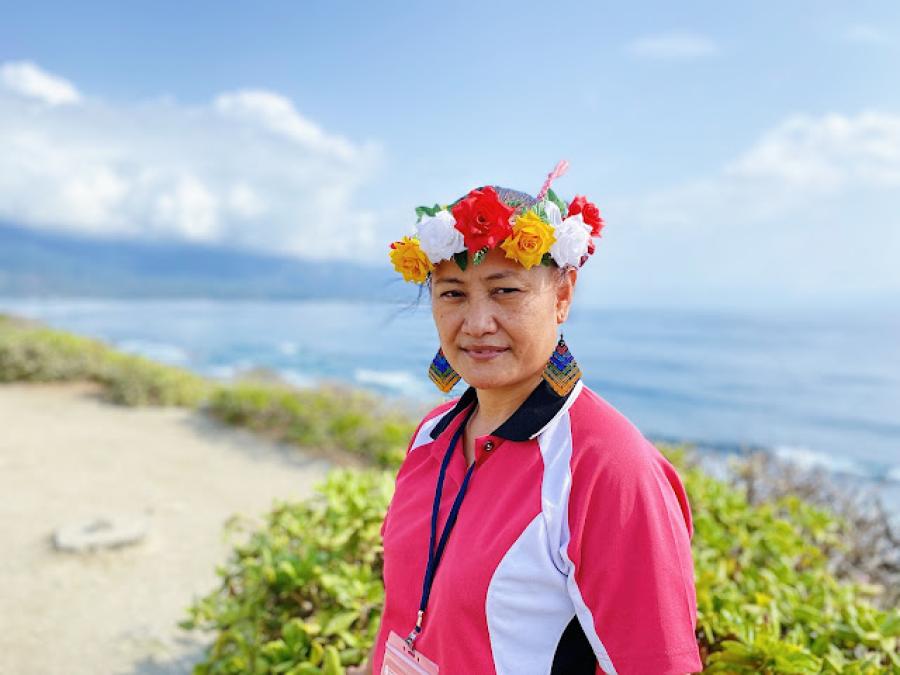Indigenous Activists Tell Cultural Survival What The Decade Meant To Them
For the roughly 400,000 indigenous Austronesian minorities of Taiwan, whose population comprises two percent of the island’s population, the last decade has been one of cautious optimism. Encouraging is that the view of the aboriginals by the dominant Han society has shifted in the past decade. Ten years ago, indigenous people were most commonly referred to as “Mountain People” (san-tee’-ren) or other slurs in the Mandarin Chinese dialect. They are now more commonly referred to as “Original People” (yuen-tsu’-min). This new language reflects a significant increase in respect offered by Taiwanese society in the past decade.
Twelve tribes are recognized in Taiwan: the Amis, Atayal, Paiwan, Bunun, Rukai, Puyuma, Saisiyat, Yami, Tsou, Thao, Kavalan, and Truku.
The indigenous culture of Taiwan has become a visible part of Taiwanese mainstream media and culture. Indigenous people have attained superstar status as musicians and athletes and have begun to make their marks in many professions. Given the education and opportunities, indigenous people have been able to prove themselves capable and talented members of society.
Preservation of indigenous culture has gained a boost with the establishment of nationally accredited indigenous language teaching at many schools. The resurgence of interest in indigenous language comes at a crucial time, as most of the fluent speakers are elderly.
Indigenous leaders have been given the opportunity to reach out to the world through government-sponsored cultural exchanges. Such aboriginal cultural exchange agreements have been signed with Canada, Australia, and most recently, New Zealand. The initiatives provide indigenous leaders with empowering connections for self-expression, cultural education, and global leadership. The sessions of the Permanent Forum on Indigenous Issues at the United Nations have also allowed indigenous leaders to reach out to the rest of the world. The ability to share the voice of a people with a world audience has been an effective method of advocating human rights issues, so tribal leaders and indigenous political parties consider these connections a priority.
Although there have been major advances, there remains a wide gap between indigenous and non-indigenous peoples in Taiwan. Unemployment and social problems persist. The Council for Indigenous Peoples, a ministerial department in the Taiwanese government, has passed a draft law allowing indigenous people to set up autonomous regions, but the progress has been slow and limited. Indigenous land rights are being addressed, and land-related abuses are being openly challenged in courts, yet the established corporations and governmental institutions have not given ground easily.
It is uncertain how much impact the International Decade of the World’s Indigenous People has had on Taiwan, but it is certain that the opportunity to share a voice with the world and increased international awareness helped to initiate significant changes. There is currently much room for improvement in the state of indigenous affairs. The outlook of the indigenous people of Taiwan, however, has shifted from “half empty” to “half full” as there have been many advances and victories in the past decade to celebrate. The indigenous people of Taiwan have gained momentum in recapturing the culture and spirit that made them masters and caretakers of their domain.
— Tony Coolidge,president of Atayal, an organization dedicated to providing a voice for the indigenous tribes of Taiwan

